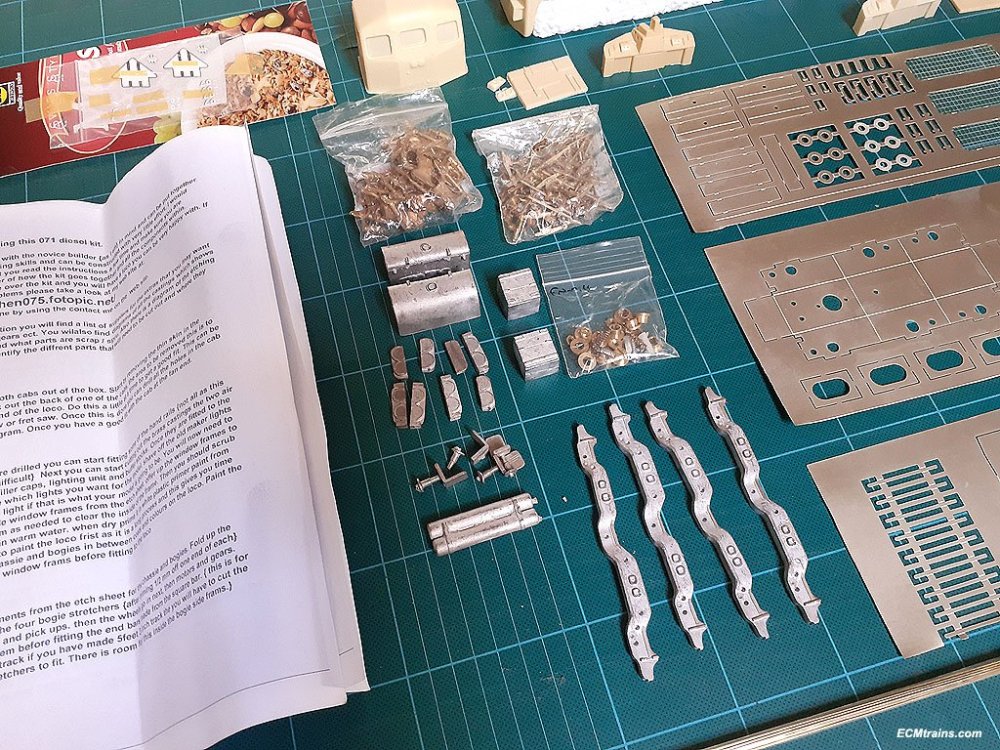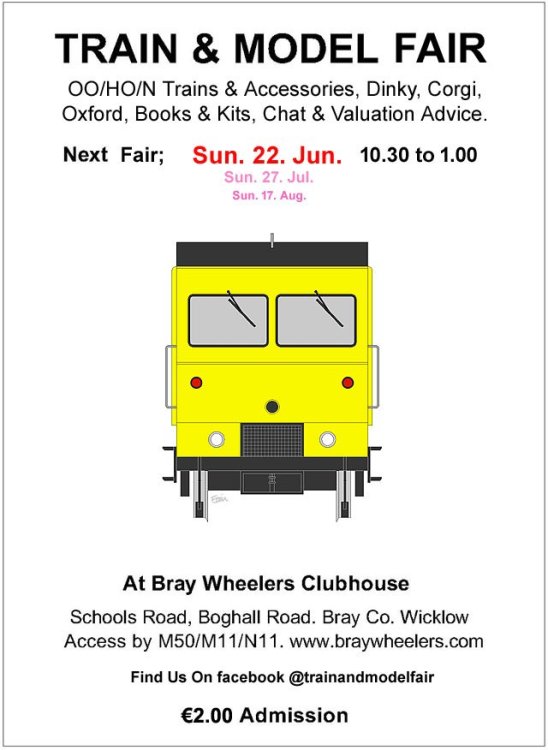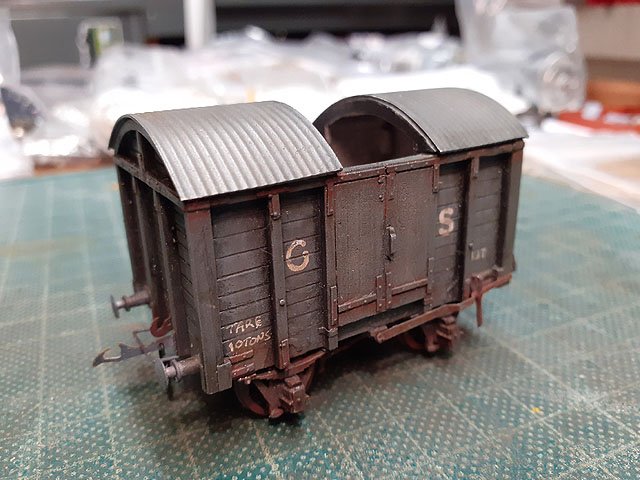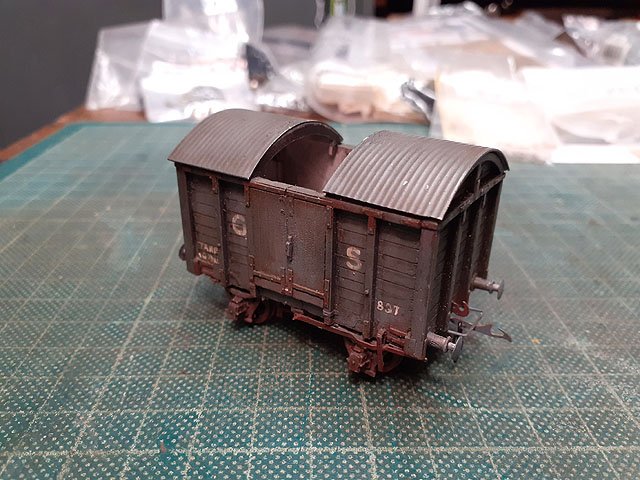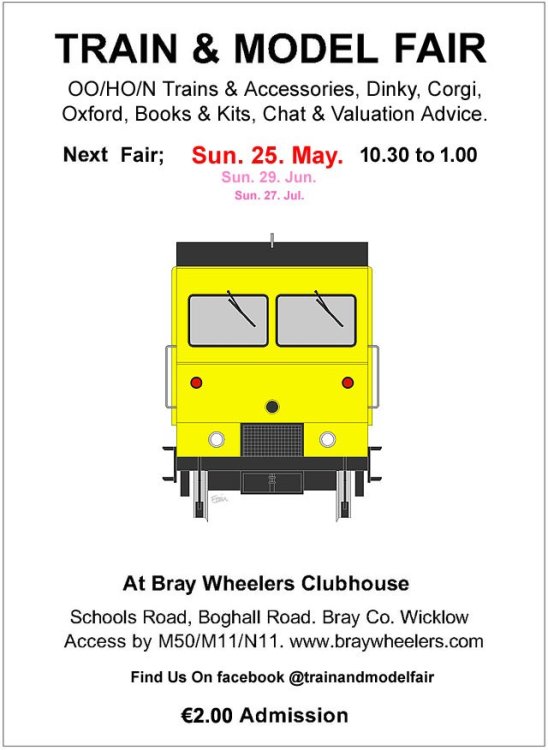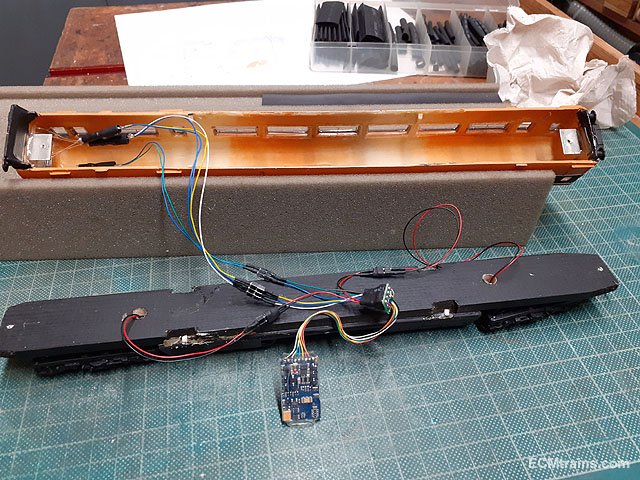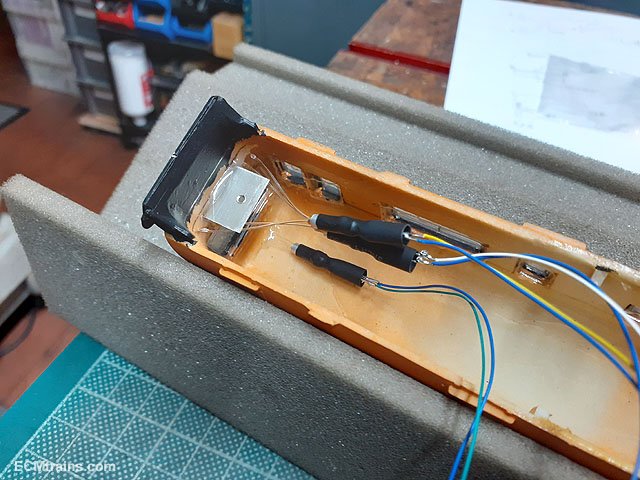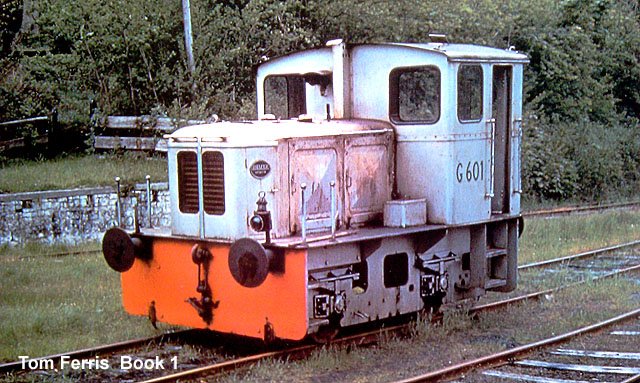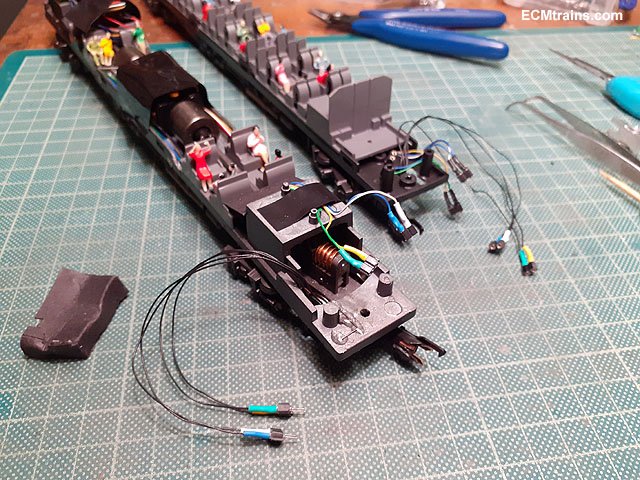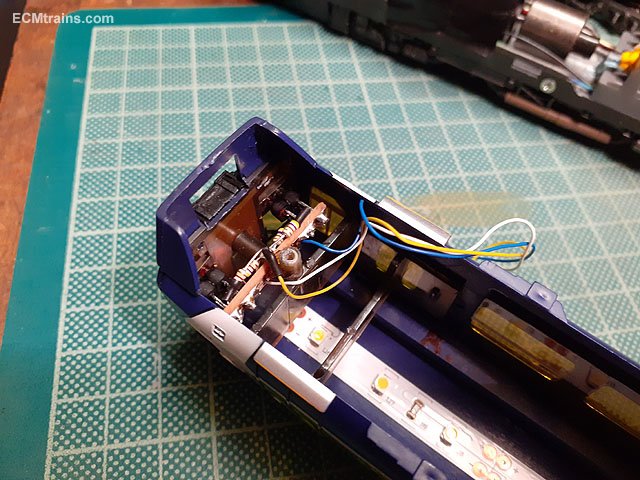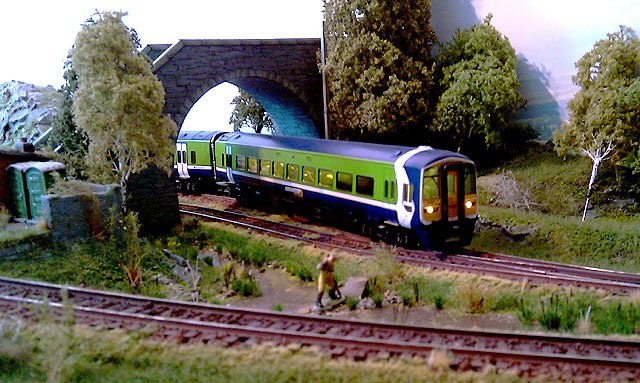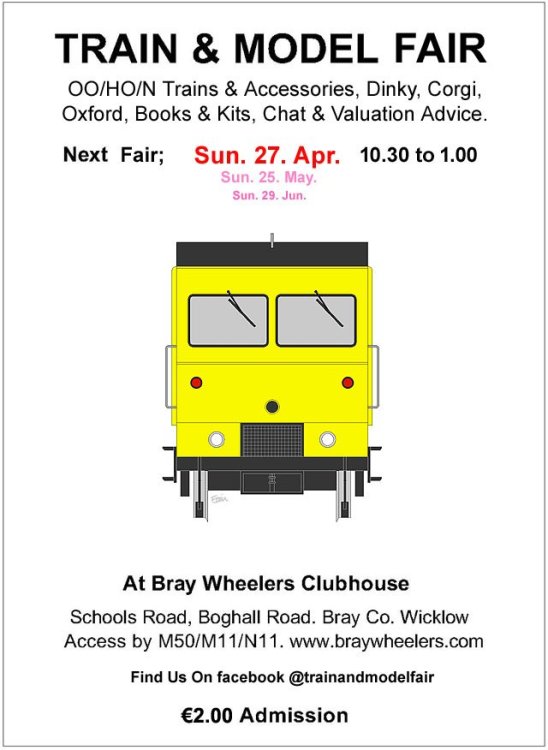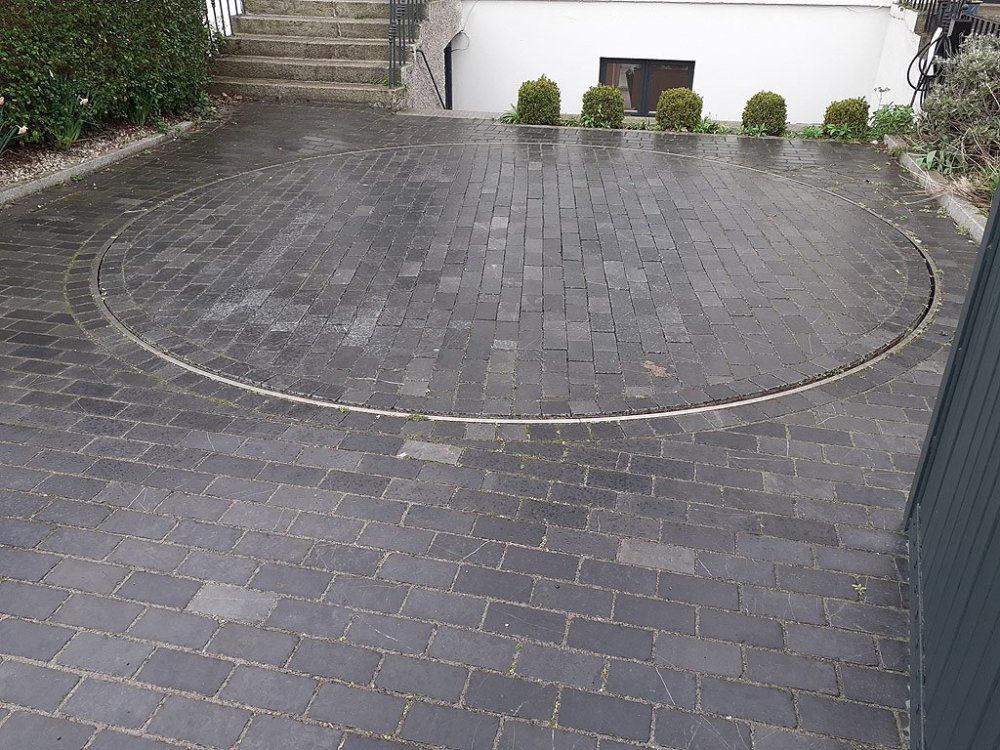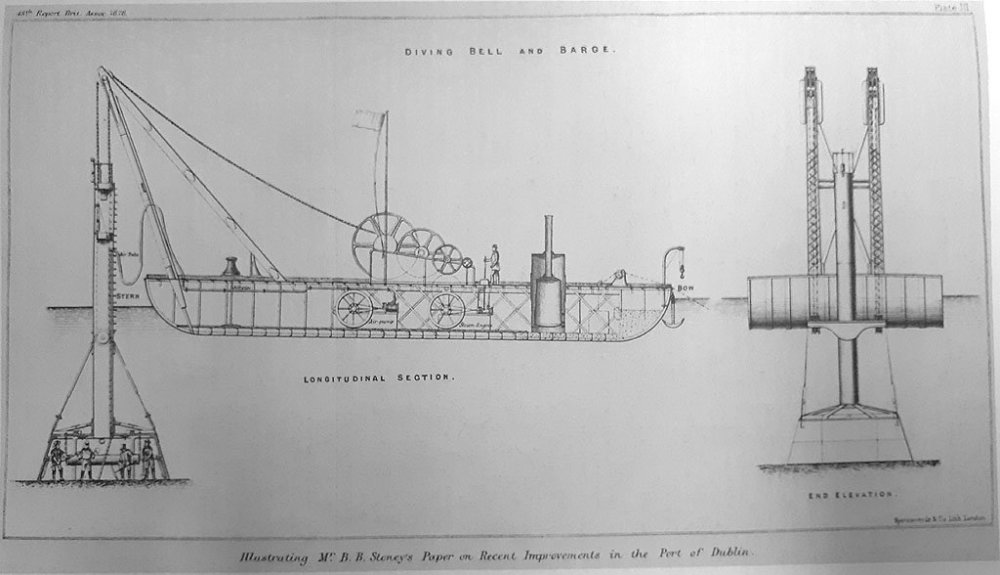-
Posts
2,725 -
Joined
-
Last visited
-
Days Won
70
Content Type
Profiles
Forums
Events
Gallery
Blogs
Store
Community Map
Everything posted by murrayec
-
It's just unreal, poor girl
- 1 reply
-
- 5
-

-

-
I'm assisting a chap to build one of these kits, thought I'd throw up a few photos here as wrennie's photos above, have disappeared;- Eoin
-
-
These chaps may have an 071 in the future, they posted a thread on here some time back https://shop.bowatersmodels.co.uk/collections/coras-iompair-eireann Eoin
-
071 was made by Hells Kitchen models in Wolverhampton, yes, I think about 10 kits were built? might have been more but limited! Resin body and etched brass chassis n bogies Eoin
-
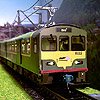
Old Goods Wagons with Center Roof Canvas?
murrayec replied to Auto-Train Original's topic in Irish Models
-
-
@murphaph Their made up by myself Eoin
-
If this unit has been put together in usual SF manner, the body is glued to the chassis. Usually done with impact or UHU adhesives, so out with the scalpel and cocktail ticks to open it up- insert the scalpel in the join of body and chassis and carefully slide it along to try and cut the glue, as you proceed insert the sticks behind the blade as you move along. You may find molded parts in the join on the body side which will hinder the blade- their push-pull unit had four of these, 2 on each side, force will break these so go carefully....... You can see the broken moldings on the chassis edge here on the DVR I installed a NS angle at each end of the body with a captive nut soldered in, to screw the chassis back on, allowing for easy opening up in the future. Eoin
-
???? This is how I would push/adjust that photo. The photo is low resolution, better results can be achieved with higher resolution files. Eoin
-
-

trackplan [Answered] Can a 'double deck' layout be achieved?
murrayec replied to Josef2000's question in Questions & Answers
This will give you some idea on inclines and the space required, I have built a few inclines and found 1:30 is about the min 'straight' incline that works- just! all depends on what you are going to run on it...... Having a deep lower track- for scenery, is not possible in limited space. That is why helixes are used but need to be based on large radii, these limit the size of trains, and limits the loco running gear life. Down the rabbit hole....... Eoin -
Yes, it can, but requires old style cutting wires, soldering, lighting units replacement for DCC and instillation of live coupler connection to power the rear coach lights.... Electric coupler setup Directional lights and coach lights Completed job. Unfortunately I took very few photos when doing it..... Eoin
- 1 reply
-
- 2
-

-

-

Old Goods Wagons with Center Roof Canvas?
murrayec replied to Auto-Train Original's topic in Irish Models
https://www.studio-scale-models.com -
-
Very neat..... Eoin
-
-
I'm still working on the same stuff I was on two years ago! 3 no. 800s- Gauge 1 & 0, 850 Gauge O, 2 no. Gauge 1 two car DARTs, are the main projects on the workbench..... https://irishrailwaymodeller.com/forum/52-ecm-model-trains/ But my Mum is all I work on at the moment, she had a number of ailments over the past two years and she is now in a nursing home recovering from a pace-maker instillation and pneumonia. It's very hard to motivate myself to do any workshop stuff at the moment....... Eoin
-
The National Railway Museum & the Science Museum in the UK have Peckett archives- one could start there. There is also a website archive of UK loco drawings, someone on her may be able to direct you to it. Eoin
-
Following up on the discussion above about Capt Bligh's diving bell for dredging the river Liffey;- The bell that exists on the Liffey key today is not Bligh's, it was used during the late 1860's to dredge the river bed and to build the deep water port. Designed by Bindon Blood Stoney, a prominent Dublin engineer responsible for many works around the Liffey and chief engineer on the deep water port- Alexandra Basin. The Bell was built by Grendon & Co of Drogheda, which was raised and lowered from a barge built by Harland & Wolff. An amazing looking system;- From 'Bindon Blood Stoney, Biography of a port Enginer' by R.C.Cox ISBN 0904083020 Eoin
-
I was thinking the same, I wounder what pies they were Eoin
-

Driving Wheel availability (4mm scale Irish steam locos)
murrayec replied to Mol_PMB's question in Questions & Answers
What we all do here is magic, we bash & cajole atoms into jewellery......
.png.c363cdf5c3fb7955cd92a55eb6dbbae0.png)


